Creative Ways To Use Mindfulness At Work – And Apply Them To Leadership
he key may lie with mindfulness – gently noticing what is going on for us, in the present moment, without passing judgment.
Though the research is somewhat lagging in the area of mindfulness at work and mindful leadership, it is nevertheless growing in interest. This article allows me to (hopefully) capture and share the power of mindfulness at work, and the article will also explore another relevant and related topic – mindful leadership.
What is Mindfulness in the Workplace?
Put very simply, workplace mindfulness is the degree to which individuals are mindful in their work setting (Dane & Brummel, 2013). What, then, does it mean to be mindful? Well, like so many constructs in positive psychology, mindfulness is not easily defined.
However, most definitions, such as the one described by Hyland, Lee and Mills (2015) share three elements.
Mindfulness can be described as a ‘present-focused consciousness’ (Hyland, Lee & Mills, 2015). In other words, a mindful individual is not ruminating about the past or worrying about the future; they are simply “being” in the here and now.
Benefits of Mindfulness in the Workplace and Business
Mindfulness has a multitude of benefits for workplaces and businesses.
Speaking very generally, there are some mindfulness-based processes that are thought to affect employee performance and wellbeing.
These include response flexibility, decreased rumination, empathy, affect regulations, increased self-determination and persistence, improved working memory and more accurate affective forecasting.
Benefits of mindfulness in the workplace also include improvements in task commitment, and enjoyment of work. Let’s have a look at some of the work-related benefits of mindfulness in some more detail…
Why is it Important?
Mindfulness in the workplace is important for a wide range of reasons. The first relates to how satisfied an employee is in their job – which clearly has implications for their wellbeing, psychologically, and emotionally.
Job satisfaction and motivation
Affective events theory has been applied to mindfulness in the workplace by suggesting that mindfulness may be positively related to job satisfaction, because mindfulness facilitates more adaptive appraisals of work stressors (Hülsheger et al., 2013).
In other words, when something challenging happens at work, a mindful employee will not simply react and judge what is happening emotionally, rather they will consider it with a more adaptive stance. Therefore, by construing the stressor at work with a more proactive approach, the employee will also be more satisfied in their work.
Leadership development
Mindfulness can even help improve high potential development in business. In 2013, 35% of the total spending on training in US organizations went on leadership development (Hyland et al., 2015). However, despite this expenditure, three quarters of all CEOs still nominate leadership development as a top business concern (Hyland et al., 2015).
A lack of self-awareness is found to be the single biggest factor in derailment of high potential leaders. Thus, given that awareness of self and others is a component of mindfulness, increasing mindfulness will also be associated with increased self-awareness.
This also suggests that mindfulness plays a role in the success of high potential employees, and the effectiveness of processes that organizations have in developing high potential
References:
https://positivepsychology.com/mindfulness-at-work/


